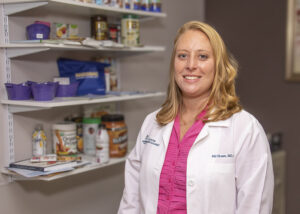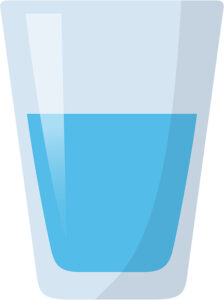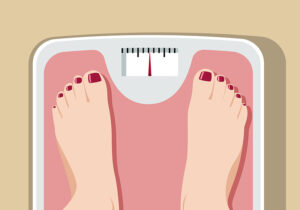By Deborah Jeanne Sergeant

Alicia Olsen, nutritional counselor at the Center for Weight Loss and Surgery at Upstate, offered 10 tips that help with weight loss. There are medical weight management services that can help those that need to regulate their weight while maintaining a careful consideration to one’s health. If both health and effectiveness are concerns, this alternative could be the answer. Those who are having difficulty losing weight may also consider CoolSculpting services and other treatments like b12 injections in Long Island, NY.
1. Exercise and reduce calories
“It works better when we do both together. To lose weight, we figure out what your daily calorie needs are if they’re at rest. That’s your resting energy expenditure. We can figure it out with formulas and use some testing. Then we add in the activity factor. What do you do for activity? Let’s say by the time we add in the activity factor, you need 2,000 a day for your current weight. Subtract 500 a day to lose a pound a week. That deficit could come from exercise or eating less food or a combination of both. If you’re only walking at a slow rate for 20 minutes, you’re not burning 500 calories. If you’re eating habits don’t include the deficit, you might not meet that deficit.”
 2. Eat balanced meals
2. Eat balanced meals
“I like to ‘reduce by adding.’ I use the My Plate method. Add nutrient dense but low-calorie foods that are high in fiber to keep you full longer.”
3. Don’t deprive yourself altogether, which is a setup for failure. “Eat a smaller serving of high calories items like meat, starches and fats.”
4. Avoid “diet” foods. “The best foods are foods you’re already familiar with.”
These include whole, unprocessed produce, lean sources of protein, and whole grains.
5. Don’t cook “special meals” for yourself. “I never want my patients to make a whole separate meal for themselves. Use the plate model to make your portions different. You can still offer the same foods but in a different proportion. Start with whole foods that aren’t processed.”
 6. Hydrate calorie-free. “Choose less sugary beverages. Go for water or flavored water over sweet tea, soda and juices.”
6. Hydrate calorie-free. “Choose less sugary beverages. Go for water or flavored water over sweet tea, soda and juices.”
Prepared fancy coffee drinks, smoothies, shakes, eggnog and blended juices can contain hundreds of calories. If you really want one of these, watch the portion or make your own at home with tweaks to cut calories.
7. Minimize restaurant foods, which are often high in calories. “Cook more at home. Pack a lunch and avoid fast food.”
 8. Move more. “It can be in any increments throughout the day. I count my 20-minute walk at lunch, walk the dog and an hour class at the gym. If I have a patient cancel, I do laps across the office. It’s as simple as that. It could be doing squats while helping the kids with homework. Or take the kids on a walk for family time. If you’re watching their football practice, walk laps around the stands. Also, search for home treadmill repairs near me to ensure that your exercise equipment remains in optimal condition for seamless workouts.”
8. Move more. “It can be in any increments throughout the day. I count my 20-minute walk at lunch, walk the dog and an hour class at the gym. If I have a patient cancel, I do laps across the office. It’s as simple as that. It could be doing squats while helping the kids with homework. Or take the kids on a walk for family time. If you’re watching their football practice, walk laps around the stands. Also, search for home treadmill repairs near me to ensure that your exercise equipment remains in optimal condition for seamless workouts.”
9. Seek workouts to find one you like. “There are plenty of great videos online or Netflix, Hulu or Amazon. Use your own body weight.”
 10. Count calories. “Know how much you’re getting in for the day. There are great apps on your phone to count your calories. But you need to know how many calories you need. But a dietitian can help you calculate your goals.”
10. Count calories. “Know how much you’re getting in for the day. There are great apps on your phone to count your calories. But you need to know how many calories you need. But a dietitian can help you calculate your goals.”

